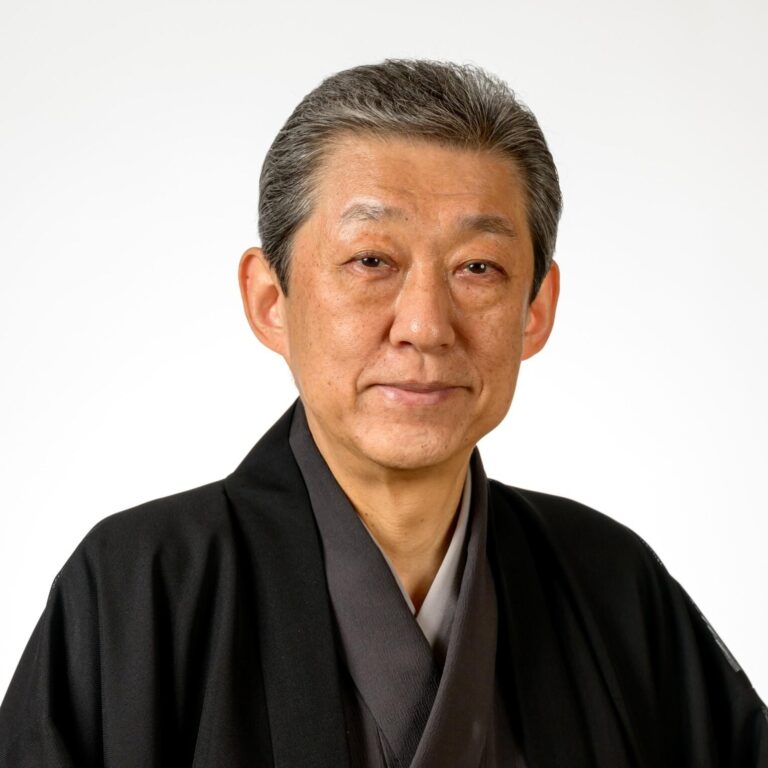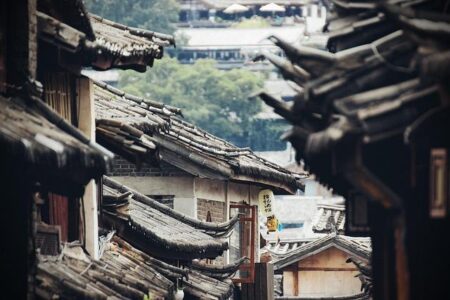Masaoki Sen, a celebrated figure known both for his service as a kamikaze volunteer during World War II and his distinguished mastery of the Japanese tea ceremony, has passed away, The New York Times reports. Sen’s unique life bridged the realms of wartime sacrifice and cultural preservation, earning him recognition as a grandmaster in one of Japan’s most revered traditional arts. His death marks the end of an era that connected Japan’s turbulent past with its enduring cultural heritage.
Masaoki Sen’s Dual Legacy as Kamikaze Volunteer and Tea Ceremony Grandmaster Explored
Masaoki Sen lived a life marked by profound contrasts and unwavering dedication. As one of the youngest kamikaze volunteers during World War II, Sen’s commitment to his country was fierce and absolute, embodying the tragic spirit of sacrifice that defined the era. Yet, his post-war years revealed a different dimension of his soul-one steeped in grace, tradition, and cultural preservation. Transitioning from the battlegrounds to the tranquil tea rooms of Japan, Sen emerged as a revered grandmaster of the tea ceremony, carrying forward the centuries-old practice with a renewed sense of purpose and artistry.
His dual legacy reflects Japan’s complex 20th-century history through two distinct lenses:
- Warrior Spirit: Sen’s early life was shaped by his role in the kamikaze missions, embodying courage and patriotism under extreme circumstances.
- Artistic Mastery: In his later years, he revived and elevated the tea ceremony, emphasizing mindfulness, harmony, and respect in everyday life.
| Aspect | Significance |
|---|---|
| Kamikaze Volunteer | Symbol of wartime sacrifice and national loyalty |
| Tea Ceremony Grandmaster | Preserver of Japanese cultural heritage and spiritual practice |
The Cultural Significance of Sen’s Contributions to Traditional Japanese Arts and Wartime History
Masaoki Sen stood as a unique bridge between Japan’s turbulent wartime history and its rich cultural heritage. Renowned as a Kamikaze volunteer during World War II, his legacy transcends the battlefield through his lifelong dedication to the Japanese tea ceremony, or chanoyu. As a grandmaster, Sen was instrumental in preserving and revitalizing traditional tea practices, emphasizing the spiritual and aesthetic values of harmony, respect, purity, and tranquility. His dual identity not only reflects the complexity of Japan’s 20th-century narrative but also exemplifies how cultural arts served as both a means of solace and national pride during and after the war.
Sen’s impact on traditional arts is celebrated not only for its preservation but also for innovation within the tea ceremony community. He fostered a renewed appreciation among younger generations, often blending wartime memories with tea rituals to offer profound reflections on sacrifice and peace. His teachings are reflected in numerous ceremonies world-wide, emphasizing:
- Interconnection of History and Culture: How wartime experiences shape artistic expression.
- Transmission of Values: Preservation of moral and philosophical principles through chanoyu.
- Global Cultural Exchange: Expansion of tea ceremony beyond Japan’s borders as a symbol of resilience.
| Aspect | Sen’s Contribution |
|---|---|
| Tea Ceremony Technique | Refined traditional forms with wartime symbolism |
| Educational Outreach | Established schools and workshops worldwide |
| Philosophical Legacy | Integrated peace advocacy into tea rituals |
Preserving Sen’s Heritage Recommendations for Future Generations and Cultural Institutions
To honor Masaoki Sen’s profound legacy, cultural institutions must foster intergenerational dialogue, ensuring that his teachings do not become relics but living traditions. Workshops, collaborative exhibitions, and immersive experiences centered on both his kamikaze volunteer history and his mastery of the tea ceremony would provide a holistic understanding of his life. Such programs should emphasize the deep connection between discipline, artistry, and patriotism that defined Sen’s philosophy, inspiring new generations to appreciate the spiritual and historical dimensions of his craft.
Additionally, establishing a dedicated archive and digital repository is crucial for preserving Sen’s extensive collection of tea ceremony artifacts, personal letters, and recorded interviews. This resource would serve as an invaluable reference for scholars and enthusiasts alike. Below is a summary of key preservation initiatives recommended:
- Interactive educational programs bridging traditional tea ceremony practices and wartime history
- Annual cultural festivals commemorating Sen’s dual heritage
- Collaborations with international tea masters to globalize Sen’s philosophy
- Digital access to Sen’s manuscripts and ceremonial utensils for broader research
| Preservation Focus | Action Steps | ||||||
|---|---|---|---|---|---|---|---|
| Artifact Conservation | Climate-controlled displays and restoration | ||||||
| Education | Scholarships and training programs for tea ceremony apprentices | ||||||
| Digital Archiving | Virtual museum tours and interactive timelines | ||||||
| ` row is incomplete. Here’s a completed and cleaned-up version of the entire section for you, with the missing parts filled in and consistent styling:
“`html To honor Masaoki Sen’s profound legacy, cultural institutions must foster intergenerational dialogue, ensuring that his teachings do not become relics but living traditions. Workshops, collaborative exhibitions, and immersive experiences centered on both his kamikaze volunteer history and his mastery of the tea ceremony would provide a holistic understanding of his life. Such programs should emphasize the deep connection between discipline, artistry, and patriotism that defined Sen’s philosophy, inspiring new generations to appreciate the spiritual and historical dimensions of his craft. Additionally, establishing a dedicated archive and digital repository is crucial for preserving Sen’s extensive collection of tea ceremony artifacts, personal letters, and recorded interviews. This resource would serve as an invaluable reference for scholars and enthusiasts alike. Below is a summary of key preservation initiatives recommended:
|




